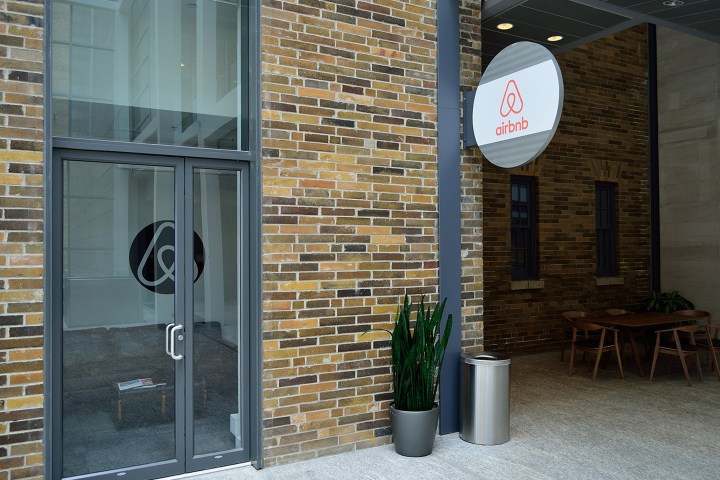
Airbnb is making it easier to be a good samaritan. On Wednesday, the short-term rental company launched Open Homes, a platform that allows hosts to volunteer to give shelter to a person in need. Whether a guest is displaced due to a natural disaster, an immigration ban, or has just fallen on hard times, Airbnb wants to help put a roof over his or her head. And now, you can help.
This is by no means the first time the company has allowed its vast community to demonstrate their benevolence. In 2012, Superstorm Sandy left tens of thousands homeless on the east coast of the U.S., and Airbnb hosts made moves to provide lodging for those affected by the disaster. Similar acts of kindness have taken place since then, largely with the help of the company’s Disaster Response Tool. But with Airbnb’s latest tool, relief organizations can connect those in need directly with Airbnb volunteer hosts, which ought to lead to a more efficient process.
“The humanitarian crisis we are facing today is the most extensive mankind has experienced since World War II, with more than 65 million people forced to flee their homes and often their home countries,” wrote Joe Gebbia, Airbnb’s co-founder, in a blog post. “Earlier this year, we set a goal to support our hosts in opening their doors to 100,000 displaced people over the next five years. Why not give the same solution we provide to travelers to those who are displaced?”
As it stands, the project is focused on four categories of displacement — refugees, disaster, medical needs, and homelessness. However, Airbnb recognizes that there are a number of other reasons that a person may find him or herself in need of a roof. So if you have any suggestions regarding groups that ought to be considered, you can let Airbnb know.
“For anyone who has a spare room down the hall, and a desire to help, we invite you to learn more,” Gebbia concluded. “Please check out airbnb.com/welcome. Sign up to host someone or get involved — it’s simple, easy, and it can really make difference.”
Editors' Recommendations
- Do you need a subscription for a Ring doorbell or camera?
- Self-emptying robot vacuums: Do you really need one?
- Here’s why you need a robot vacuum that empties itself
- Do you need a subscription to use Hatch Restore 2?
- MSI’s last RTX 3090 Ti now looks better than ever, and you can get it for free


